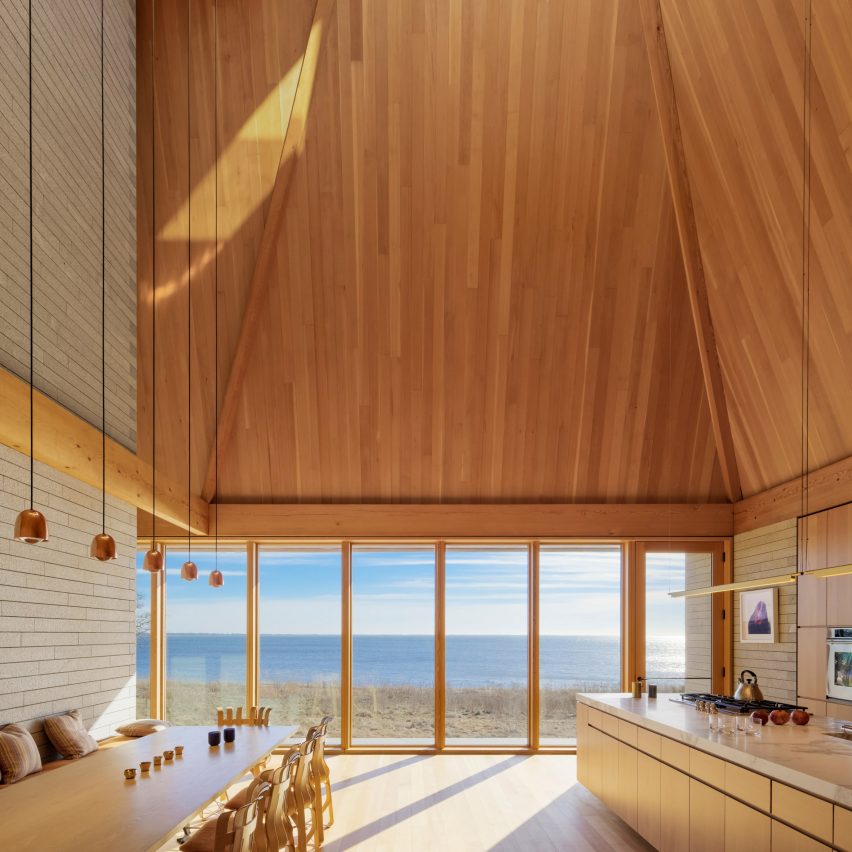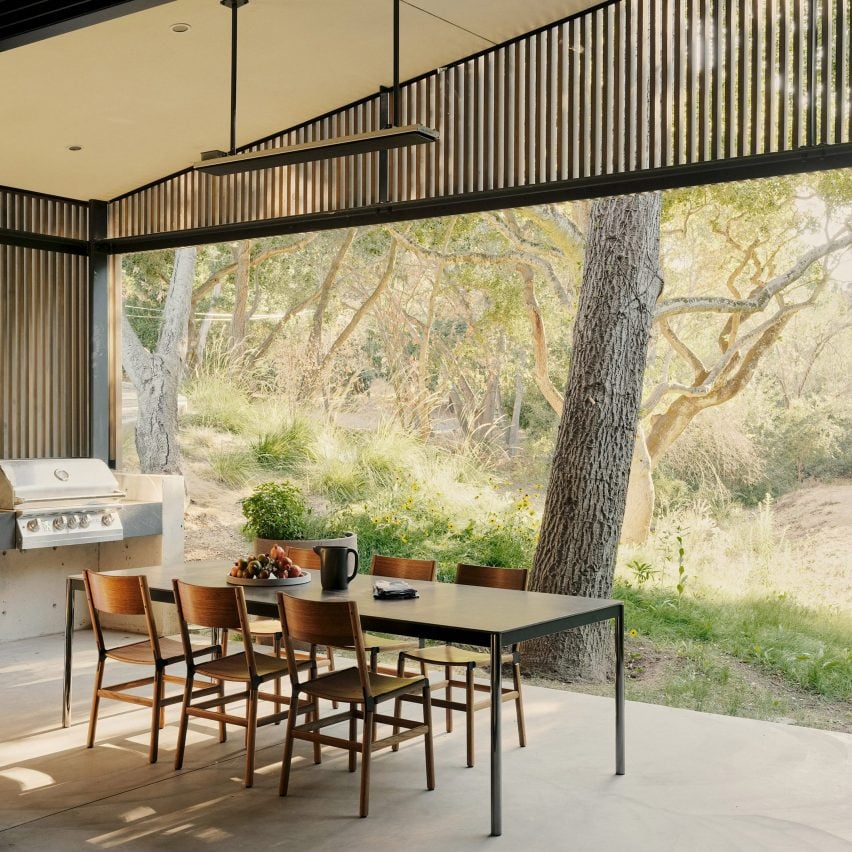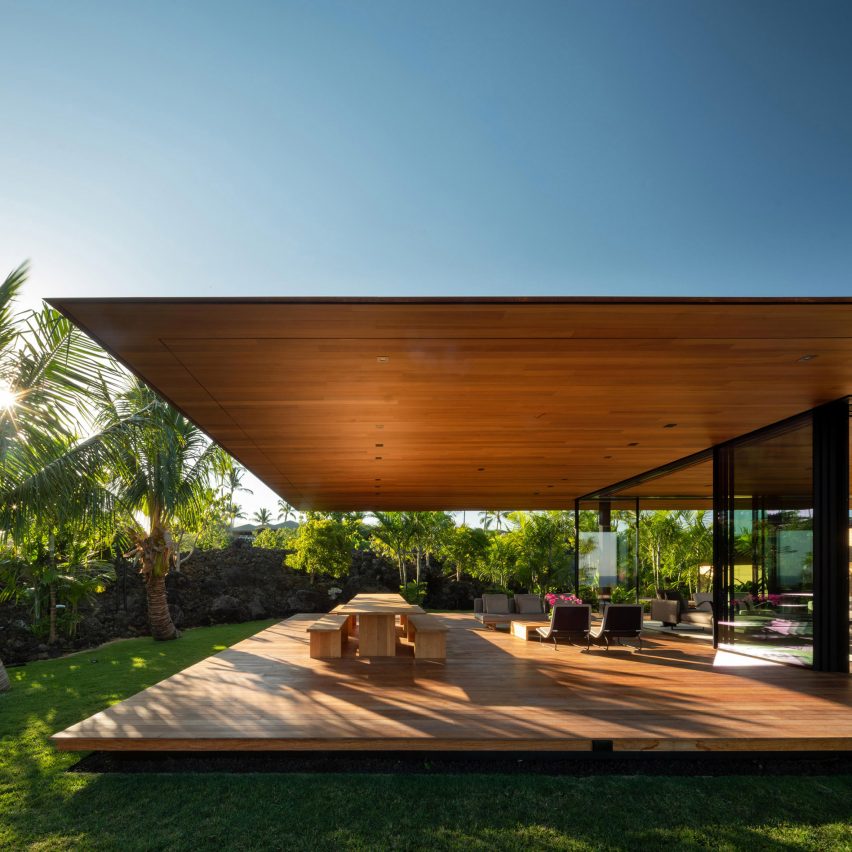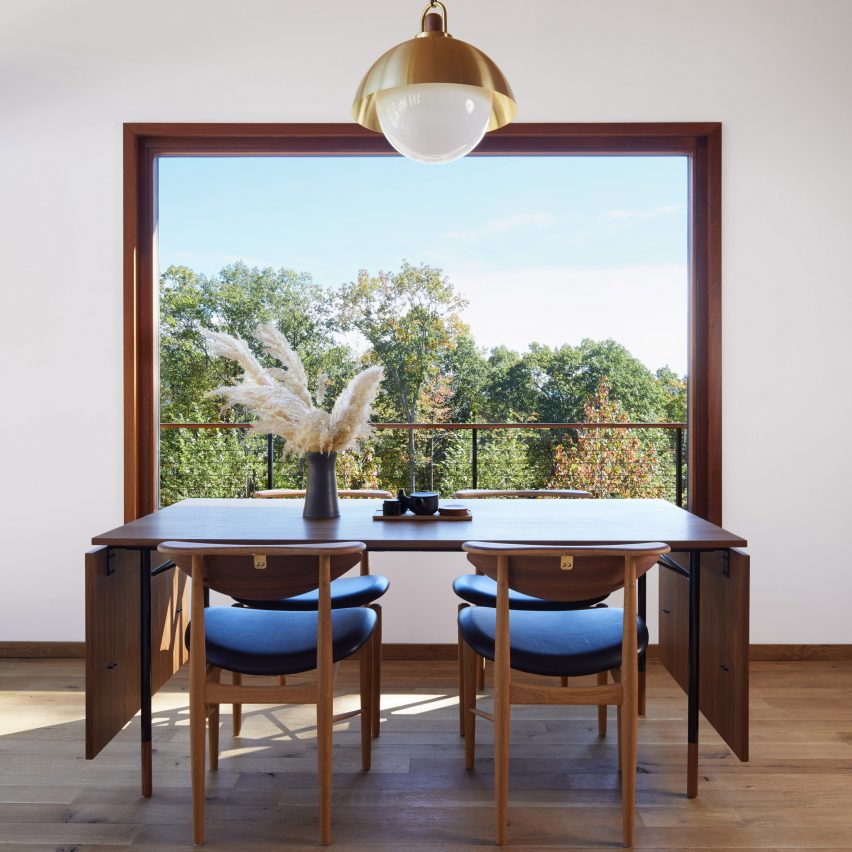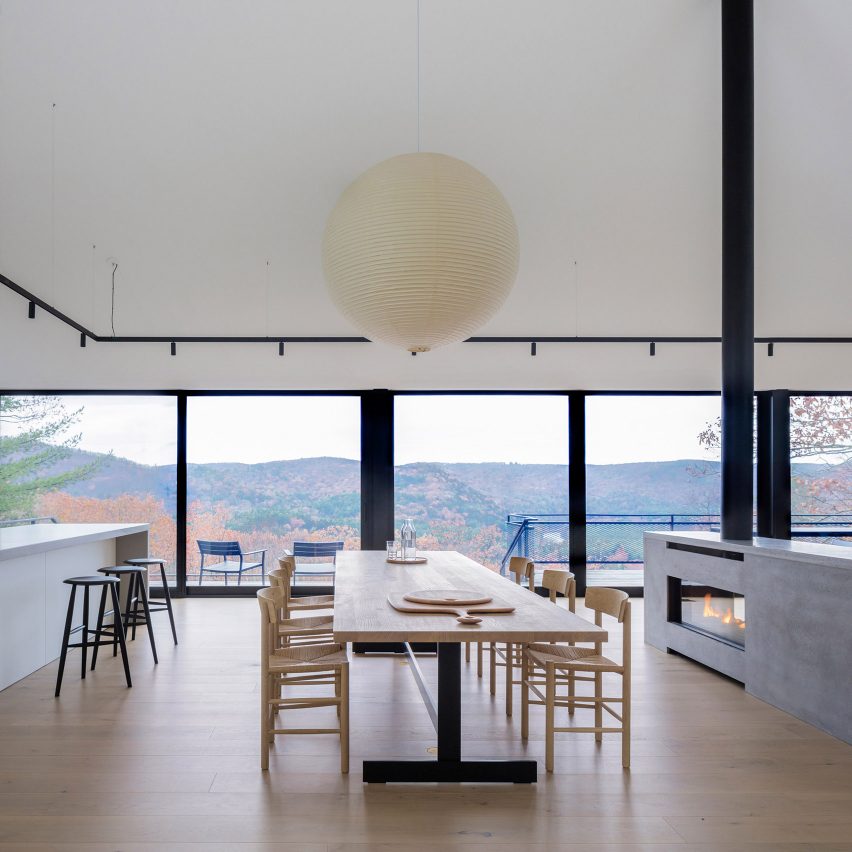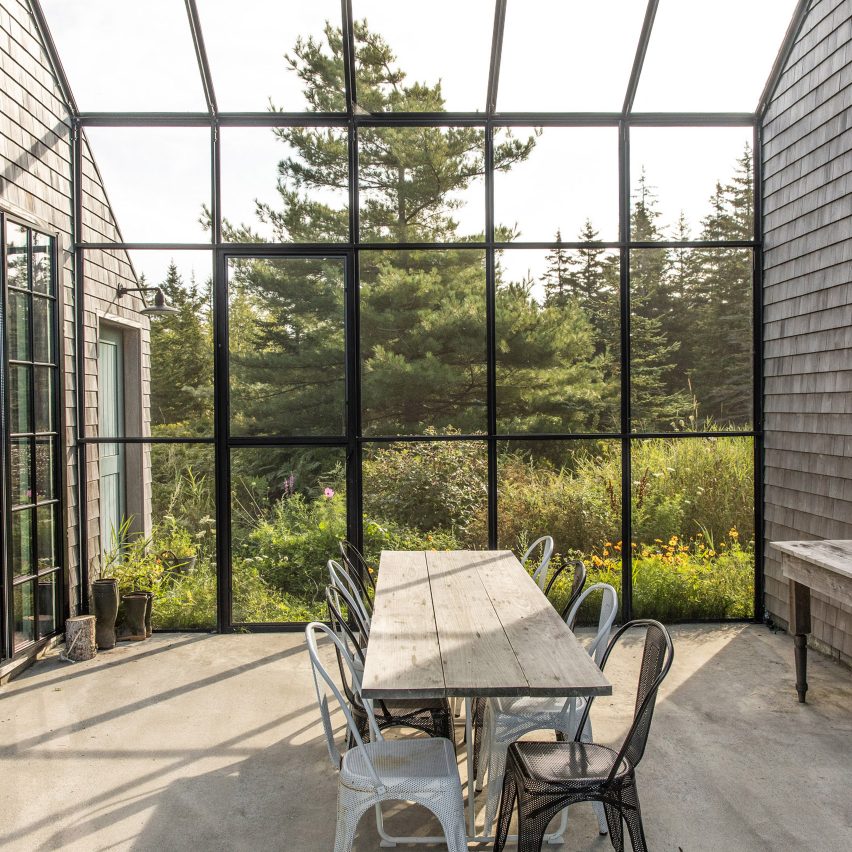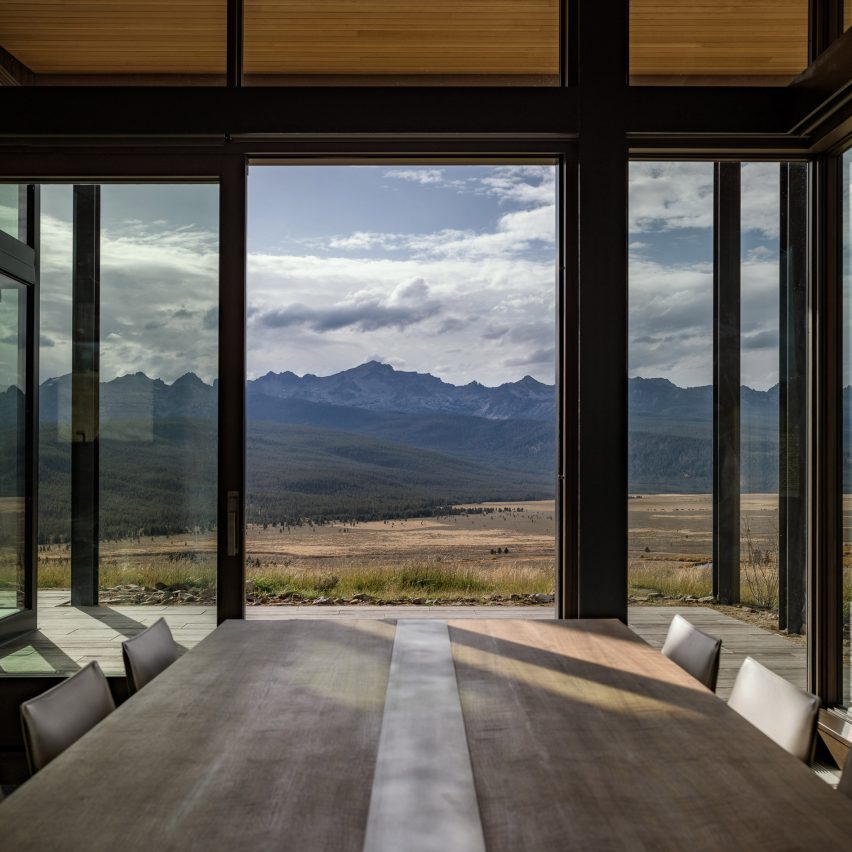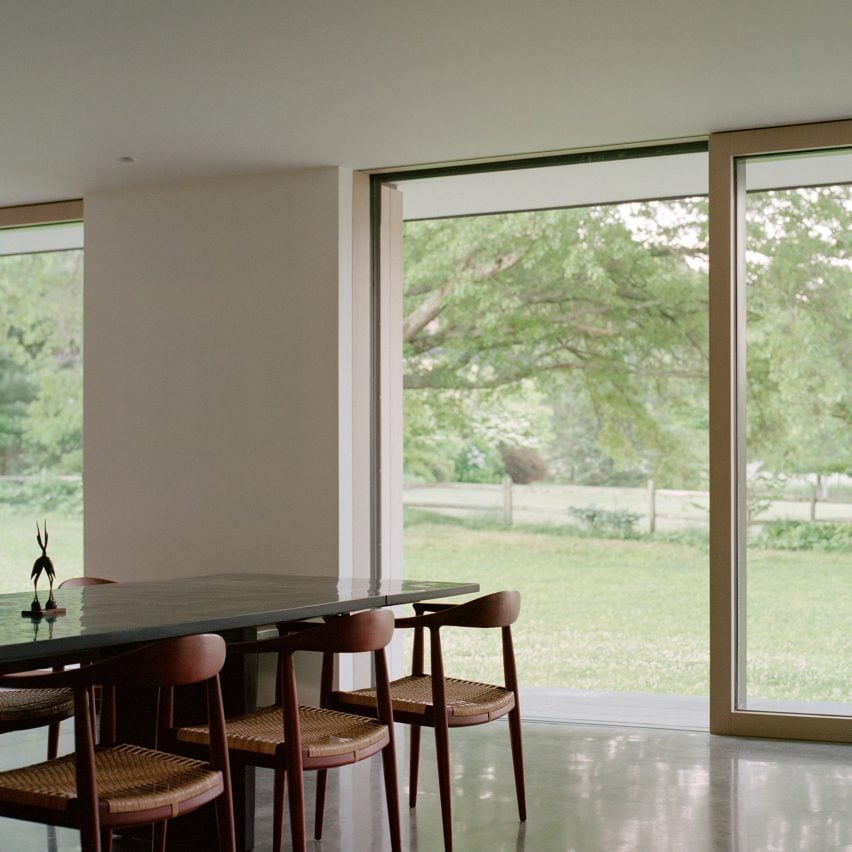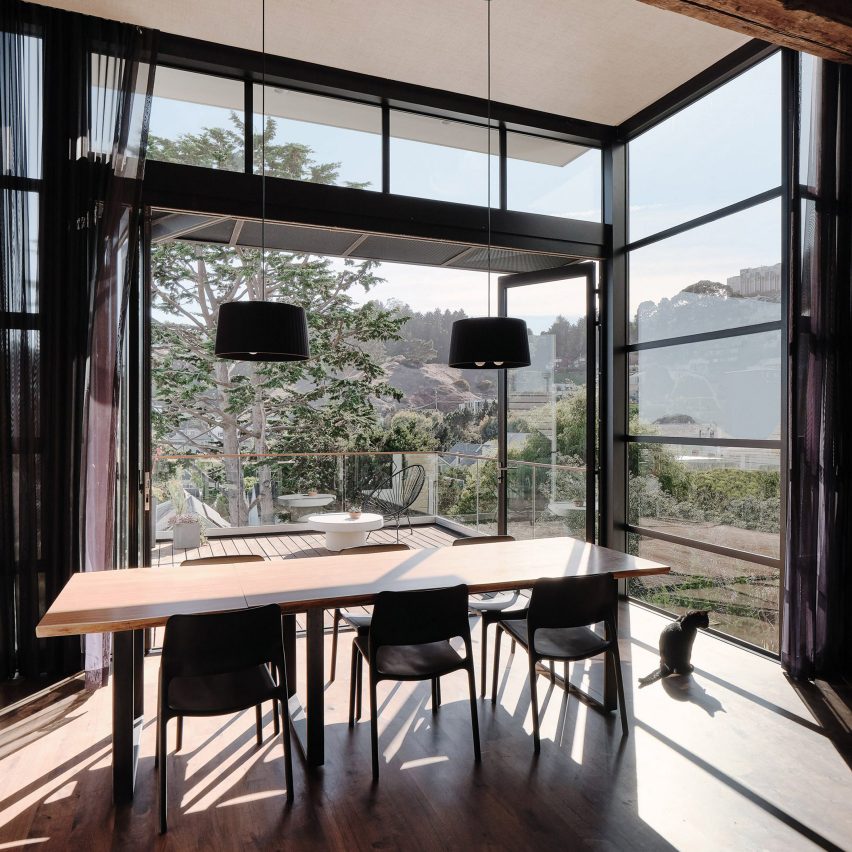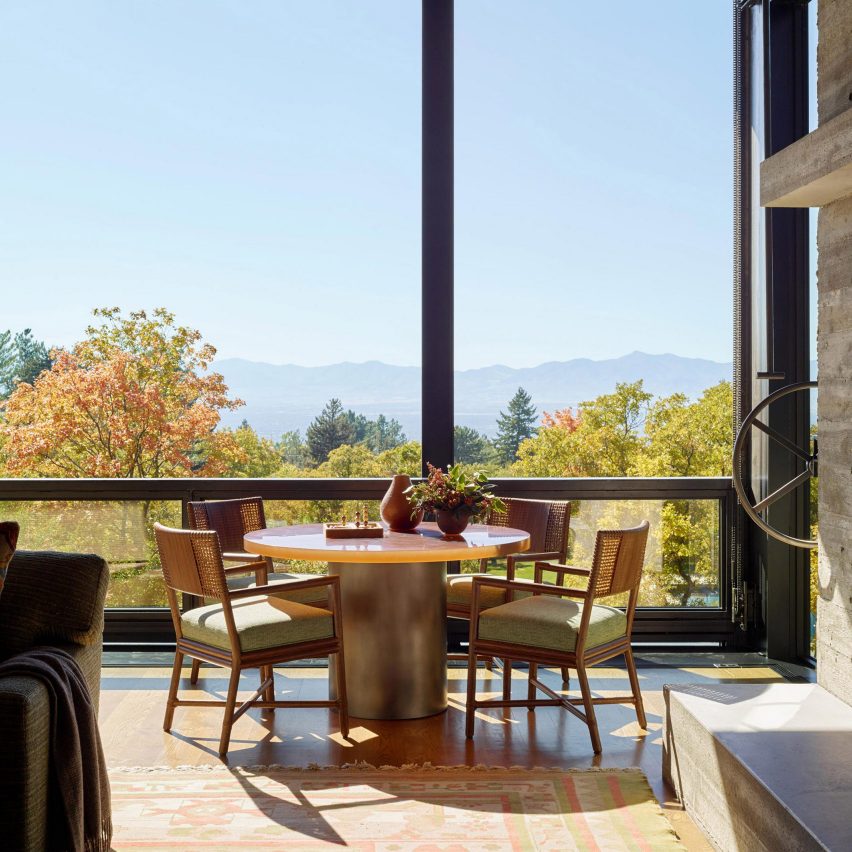A new generation of self-powered carbon-neutral tiny homes
Spotted: According to a recent report from the National Association of REALTORS, the housing shortage in the US is reaching critical levels. The report estimates that there is currently what the association calls an ‘underbuilding gap’ of 5.5 to 6.8 million housing units since 2001. This shortage is pushing house prices and rents higher. And it’s becoming increasingly difficult for people to find affordable places to live.
One company that’s looking to address this problem is Cosmic, a San Francisco-based startup that is building tiny houses. The company’s founder, Sasha Jokic, believes that these houses can help fill the gap by creating new rentals. In addition, Cosmic’s houses are designed to be highly energy-efficient – helping to reduce carbon emissions from the housing sector.
Ultimately, Cosmic is working to tackle two challenges simultaneously: the housing shortage and climate change. First, by creating new rental units that can be placed in people’s backyards, Cosmic can help to ease the pressure on the rental market. And second, because tiny houses are much more energy-efficient than traditional homes, they have the potential to significantly reduce carbon emissions. It’s an ambitious goal, but if they can pull it off, it could have a huge impact.
Cosmic’s ultra-efficient homes start at just 350 square feet, but they come packed with high-tech features that allow them to function as both a primary residence and a secondary getaway. The secret to the tiny house’s success is its standardised frame, which includes built-in solar power and batteries. Each tiny house also includes a built-in roof and floor, and mechanical, electrical, and plumbing systems.
The modular design means that the houses can be assembled quickly and easily, without the need for construction crews. And because the houses are optimised to be energy-efficient, they can be powered entirely by renewable energy sources. Lithium-ion batteries store energy from the solar panels, with the option to return any extra energy produced back to the grid. Alternatively,t, the excess energy can be used to power the main house, or an electric car.
Financial models for the houses are being arranged, with prices starting at $190,000 (around €176,000). There might also be a second option starting at $150,000 (around €139,000), where Cosmic would own the renewable energy infrastructure and the extra power generated in return for free power for the backyard and discounted power for the main house.
Other tiny home innovations spotted by Springwise include tiny houses for the homeless, an off-the-grid house on wheels, and a tiny home using passive design.
Written By: Katrina Lane
9th May 2022
Email: info@cosmicbuildings.com
Website: cosmicbuildings.com




